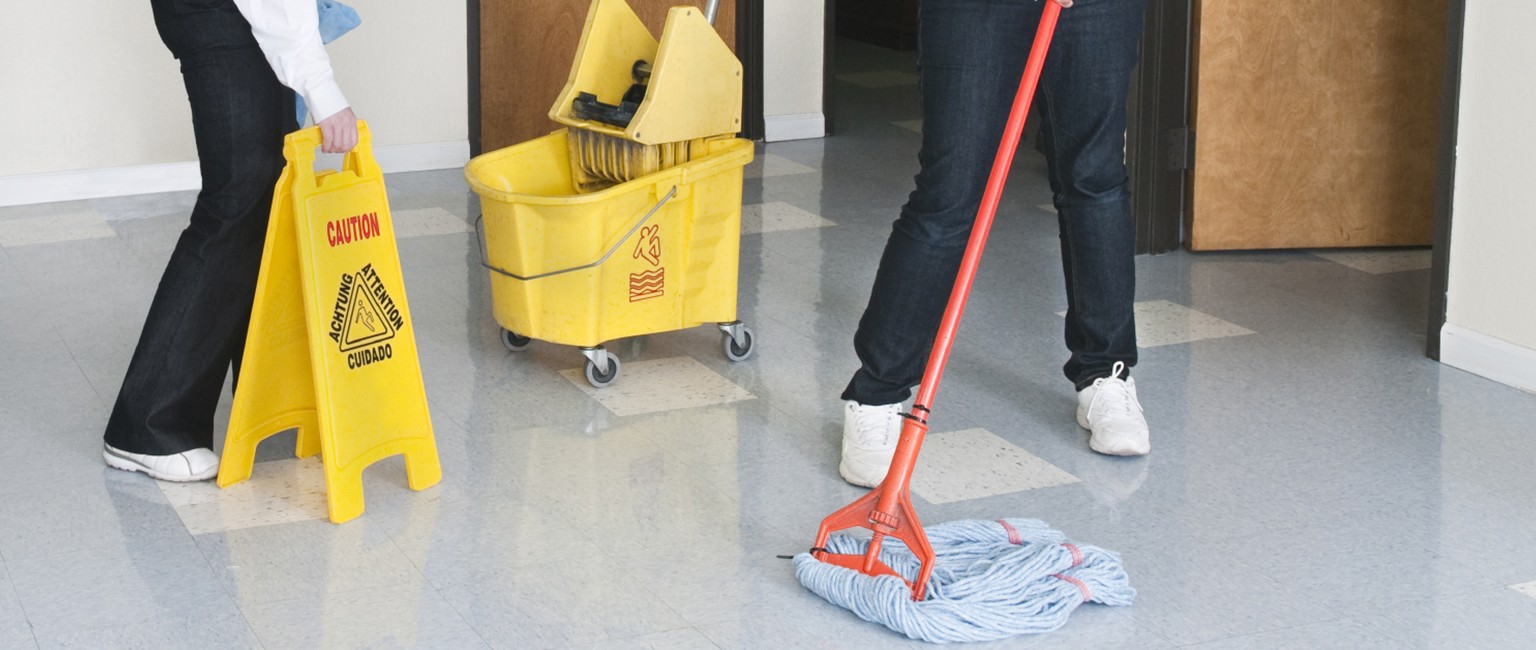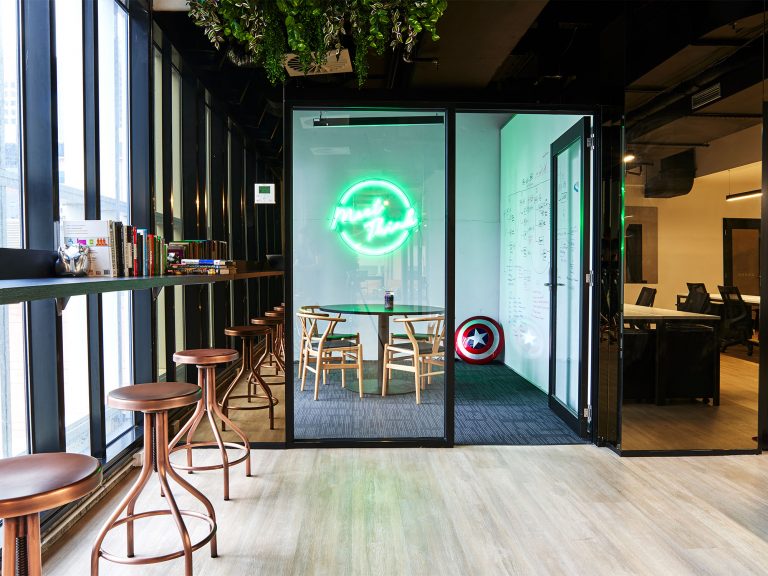Work health & safety in the office environment

Setting your office up to be ready for work is more than just making sure there are enough chairs, tables and computers in the space. You need to decide if it will be open-plan, if there be partitioned offices or will have ‘hot desks’. There are many factors that need to be considered in the office space layout, and work health and safety matters are critical.
All companies are charged with the responsibility of their employees, not only to provide a safe workplace but to also make sure it is comfortable and is conducive to productivity.
To identify hazards in an office is not as easy as they would be on, say, a construction site, but there are still scenarios you can be aware of to be sure you are providing a safe working environment for your staff.
The 4 types of hazard
Mechanical hazards. This refers to any mechanical equipment you have in your office and ensuring it is safely installed and regularly maintained.
An example of such precaution would be to ensure your office temperature is set within a comfortable range and is regularly serviced and maintained.
Physical hazards. This includes ensuring chairs and desks provided to employees are designed with support and comfort in mind. Another factor is making sure glare is minimized on computer screens and that desks are far enough from perimeter glass to remove the heat load from any direct sunlight.
Also, if staff members spend the bulk of their days in front of their computers or in one fixed position, be sure to encourage them to stretch or move around, leaving the office for their lunch break and going for a walk.
Chemical hazards. These are any fumes or vapors, such as paint or solvent, or airborne particles such as dust and printer toner. Prolonged exposure to these types of particles can cause very serious health problems and must be assessed at all times.
It’s also good practice to ensure your cleaning products are stored in a covered, ventilated and dry area.
Electrical hazards. Take care in securing all cables and make sure any old and damaged wiring is replaced. It is also good practice to get all your electrical equipment – such as computers, printers, microwaves etc – frequently tested and tagged by a licensed electrician.
Work health and safety guidelines extend to an emotionally and mentally safe work environment, as well as a physically safe one. Sexual harassment, workplace bullying or excessively stressful workloads could violate the Work Health & Safety Act 2011. As an employer, you have a duty of care to your staff that puts you in charge.
Whether you are leasing or buying commercial property for your business, you should make sure you follow the legal guidelines that are set out by the WH&S Act.







